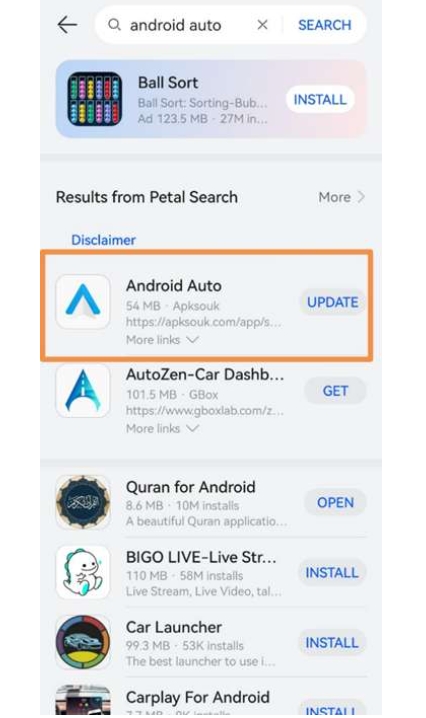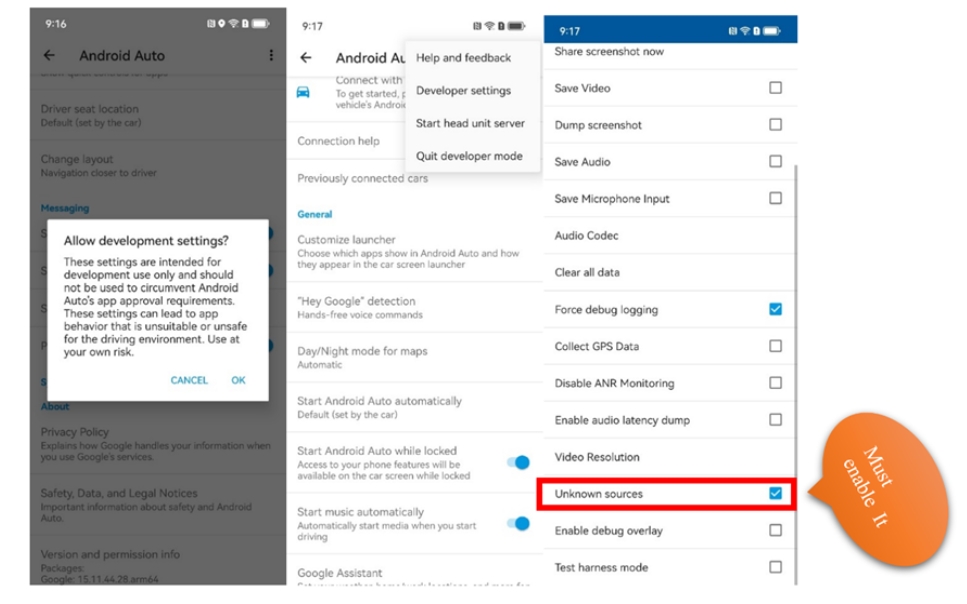Android Auto has transformed the way drivers interact with their smartphones while on the road. Over the years, this platform has evolved from a basic app integration tool to a comprehensive driving assistant. Android Auto now offers advanced features that enhance convenience, safety, and entertainment. In this article, we explore how Android Auto has evolved, from its early functionalities to its cutting-edge innovations that continue to improve the driving experience.

Key Features Introduced in Early Versions
Smartphone Integration and Navigation
One of the first features introduced by Android Auto was smartphone integration with car infotainment systems. This allowed drivers to connect their phones to their car displays and access apps such as Google Maps for navigation. Android Auto streamlined navigation by providing turn-by-turn directions directly on the car screen, reducing the need for drivers to glance at their phones. This feature made driving safer by minimizing distractions and improving route management.
Voice Command Functionality
Android Auto revolutionized hands-free control with the introduction of voice commands. By simply saying "Ok Google," drivers could make calls, send messages, and navigate without touching their phones. This voice command functionality ensured that drivers could stay focused on the road while interacting with their smartphones. Over time, the voice recognition technology improved, becoming more accurate and responsive to a wider range of commands, further enhancing the driving experience.
Access to Music and Media
Another key feature of early Android Auto versions was access to music and media apps. Drivers could easily connect streaming services like Spotify, YouTube Music, and others to their car's infotainment system. This allowed them to listen to music, podcasts, and radio without needing to handle their smartphones. With the introduction of this feature, Android Auto became a more comprehensive solution, offering not just navigation but also entertainment during the drive.
The Rise of Advanced Features
Wireless Android Auto
Wireless Android Auto was one of the most notable advancements in recent years. This feature allows users to connect their smartphones to their cars without the need for a USB cable. The wireless connection offers convenience and freedom, letting drivers access all Android Auto functionalities while keeping their car's USB ports free for other devices. To use wireless Android Auto, both the phone and car infotainment system must support the feature, making it an exciting development in car technology.
Expanded App Support
Android Auto gradually expanded its compatibility with more third-party apps, improving the platform’s usability and appeal. Users can now access a wider range of apps for music, podcasts, navigation, messaging, and even news updates. However, some users may experience issues like Android Auto not working huawei due to compatibility problems or incorrect configurations. To fix this, ensure that all required components are installed on your Huawei device, such as MicroG Service and Google Maps, and grant the necessary permissions for smooth functionality.

Enhanced User Interface and Customization
The user interface of Android Auto has seen significant improvements, making it more intuitive and user-friendly. The system now features a more streamlined design, with easy-to-navigate menus and larger icons for better visibility. Customization options allow users to personalize their experience by adjusting which apps appear on the home screen. These updates make Android Auto more adaptable to different driving needs, improving overall satisfaction for users.
Future of Android Auto
The future of Android Auto is filled with exciting innovations. We can expect deeper integration with autonomous driving systems, enhanced voice control, and a broader selection of in-car apps designed to improve the user experience. AI-driven features will anticipate your driving preferences, suggest better routes based on real-time traffic data, and even offer personalized content tailored to your journey. Additionally, the integration of AI and the Internet of Things (IoT) will allow Android Auto to seamlessly communicate with other smart devices in your car and home, creating a fully connected environment. For instance, it could adjust your car’s temperature based on your home’s thermostat settings before you even step inside. These advancements will make Android Auto an even smarter and more intuitive tool, anticipating user needs and enhancing the overall driving experience.
Conclusion
Android Auto has come a long way, from its initial features focused on basic integration to the advanced capabilities available today. With improvements like wireless connections, expanded app support, and greater customization, Android Auto has enhanced the driving experience for millions of users. Looking ahead, the integration of AI and IoT will continue to push Android Auto into new frontiers, making it an essential tool for modern drivers. As the platform evolves, it will remain at the forefront of in-car technology, ensuring that every journey is safer and more enjoyable.
